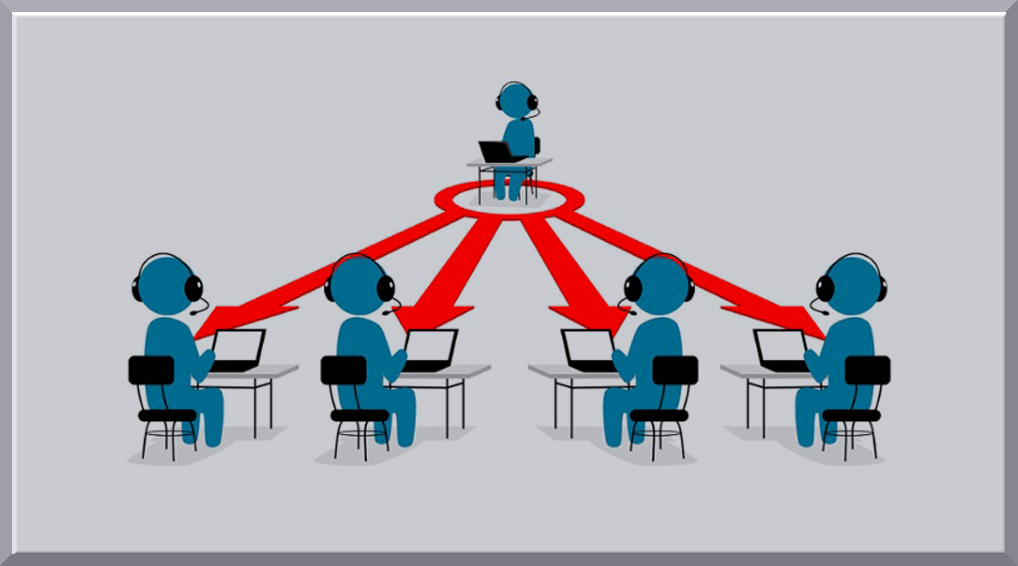So, What's all the Hype about VILT
Here at Ventoux Learning Network, we've been using the live online instructor-led approach to training in our RCDD review course for over three years. The Instructor is live, the students are live and the locations are real, but we communicate over the internet using software such as WebEx, GoToMeeting, Google Hangouts, Skype and others.
But, in the last couple of months you may have seen ICT training companies announcing courses to be delivered using VILT or Virtual Instructor-led Training. This term has been bouncing around for several years. So, what does that really mean. Today, the word “Virtual” is used for everything from video games to servers, just like “HD” which has been used for TVs, sunglasses, windows, etc.
Let's look at the definition of “Virtual”. The Oxford dictionary defines it as:
Almost or nearly as described, but not completely or according to strict definition.
‘the virtual absence of border controls’
Not physically existing as such but made by software to appear to do so.
‘virtual images’
Carried out, accessed, or stored by means of a computer, especially over a network.
‘a virtual library’
In my opinion, none of those describe a live online instructor-led course. You could argue that it's a virtual classroom, but even that's not true because you're sitting in a real location whether it's your office or home and the instructor is live just like in a physical classroom.
For five years, I organized meetings and training sessions in virtual environments like Second Life, OpenSimulator, Unity and others and those were true virtual environments because the classroom, the people, the whiteboards were all computer generated.
So, am I complaining......only about the use of the word “Virtual”. The actual process of teaching a live online course is very productive and in some cases actually better than a face to face event. Here are some of the benefits:
-
Train anyone anywhere in a live setting – Students feel personally mentored
-
Interactivity – Students can ask questions, express views and participate in discussions
-
Track performance – Using built in analytics, you can judge the effectiveness of your approach
-
Easy customization – Works well for rapidly changing information
-
Production tools are easy to use – Online software is user friendly
Remember that this type of training works best for short sessions. Trying to duplicate an 8 hour face to face classroom session in an online environment is a recipe for disaster.


